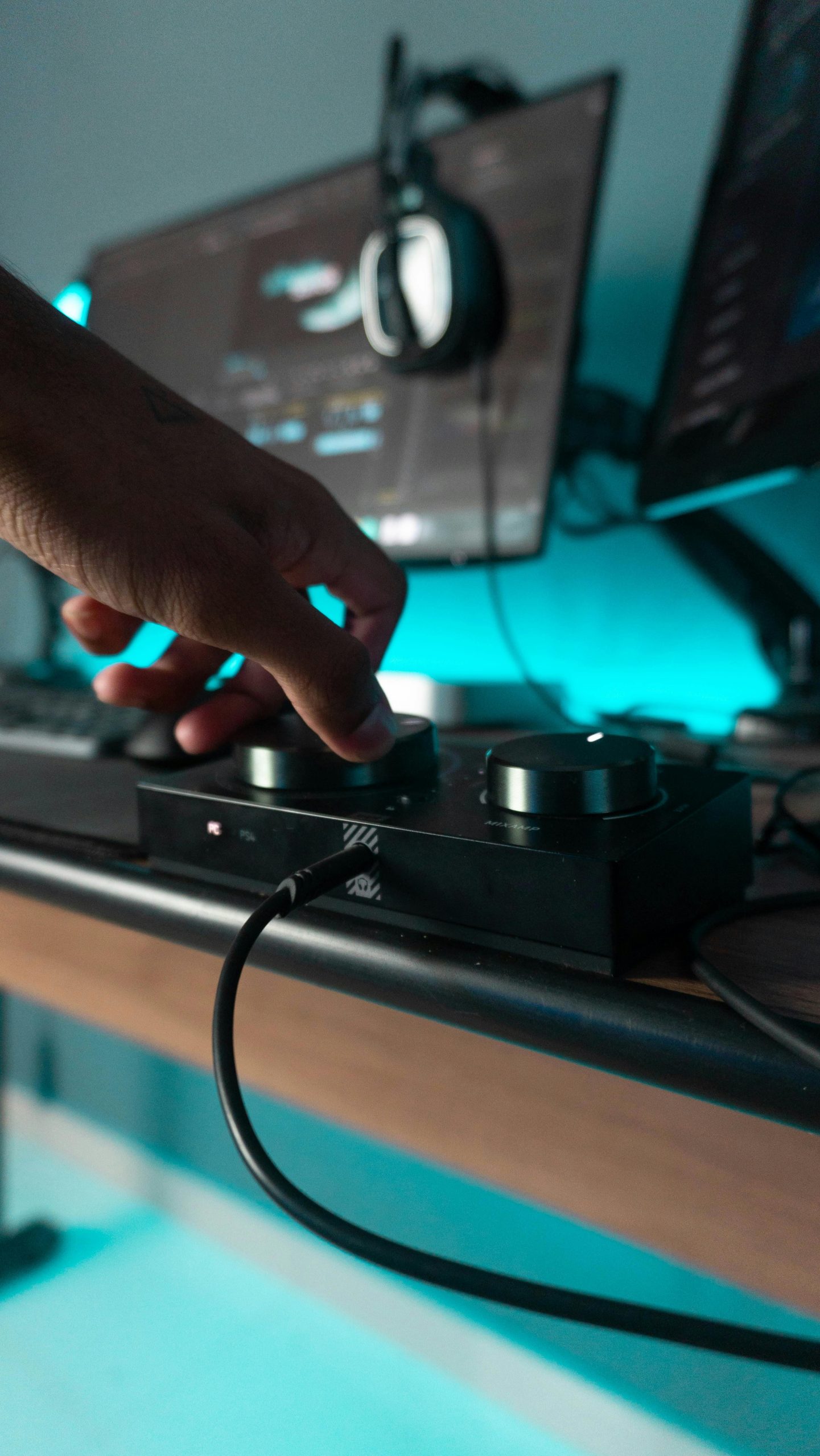Troubleshooting Your PC: Why Is It Not Turning On?
Hello everyone,
I recently ran into a frustrating issue with my iBuyPower PC, which I’ve owned for a few years now. While I acknowledge that my setup isn’t top-of-the-line, I’ve made some upgrades over time, including adding 16GB of RAM and a new graphics card.
After relocating to a new home, my PC was working perfectly fine, but now, it simply won’t power on. I’ve already ruled out the power cord as a potential culprit. I’m also uncertain about the connection to the power button; when I attempted to jumpstart it, nothing happened.
I haven’t yet tried to jumpstart the power supply because I’m a bit apprehensive about doing so. I’ve inspected all connections, ensuring that everything from the 24-pin connector to other plugs are secure, as far as I can tell.
Given the situation, should I consider taking my PC to a professional technician? What kind of costs should I anticipate for this? My initial concern is that the power supply might be damaged, but I can’t confirm that at this stage.
If there’s additional information you think might help in diagnosing the issue, please let me know, and I’ll happily provide it. Thank you for your insights in advance!
Share this content:




Hi there,
It sounds like you’ve already taken some good initial steps to troubleshoot your PC issue. Given that your PC is not powering on after relocating, there are a few additional checks you can perform before seeking professional assistance: